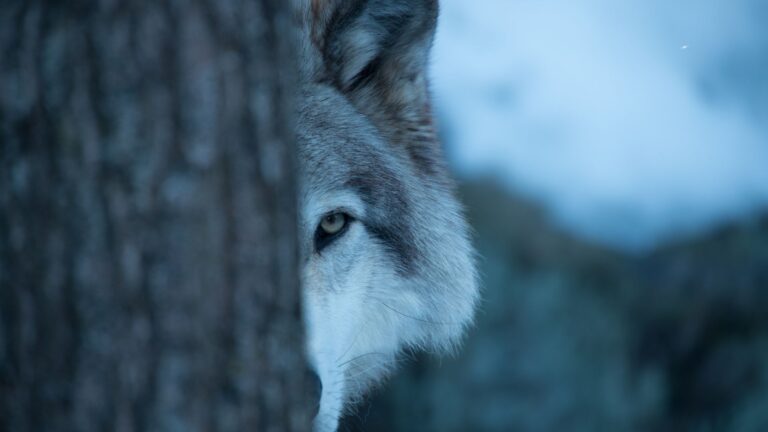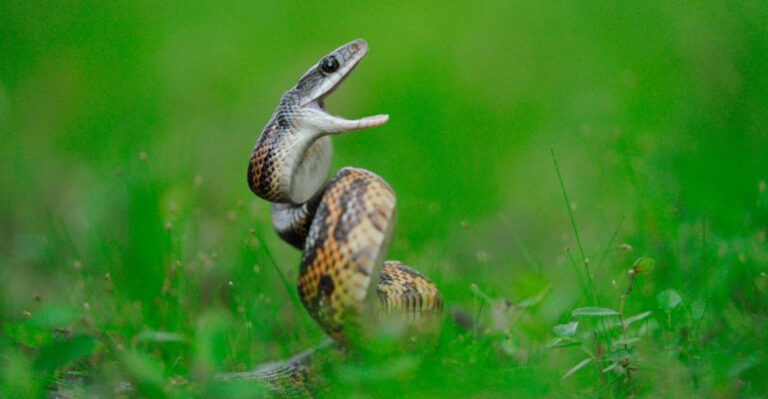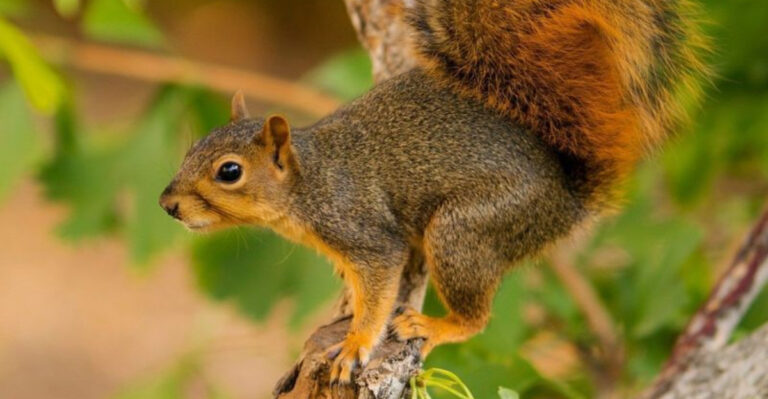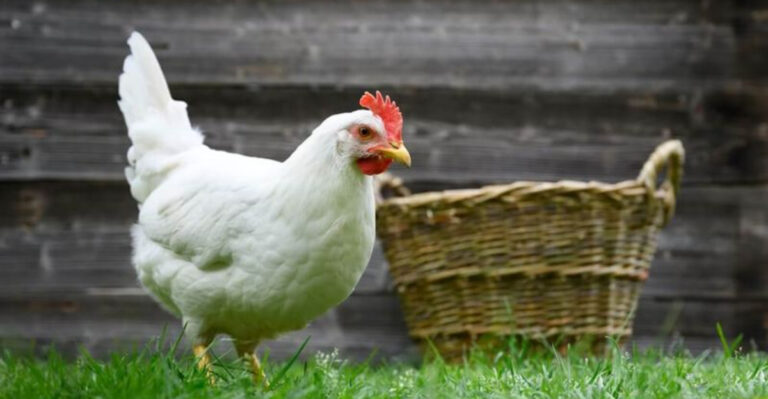14 Animals You Didn’t Know Are Nature’s Original Farmers
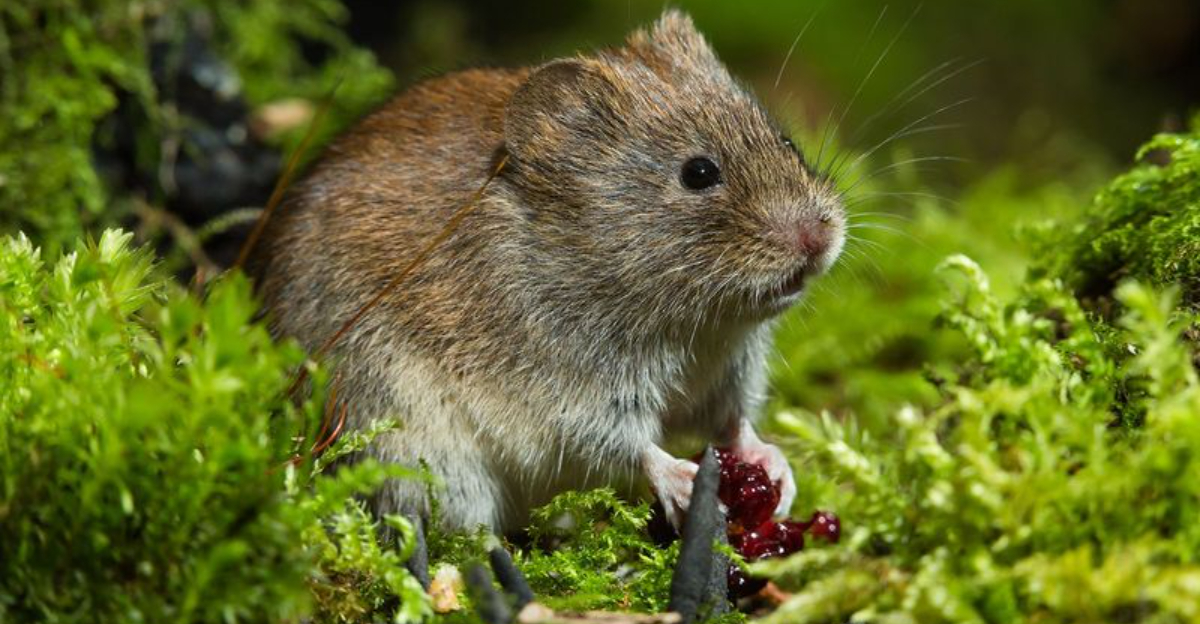
Prepare to be amazed as we explore the world of animals that have mastered the art of farming long before humans even dreamed of it.
These creatures, from the sea to the skies, defy traditional roles and showcase nature’s ingenuity in sustaining life. Embrace the unexpected and discover these agricultural prodigies!
1. Coral Polyps
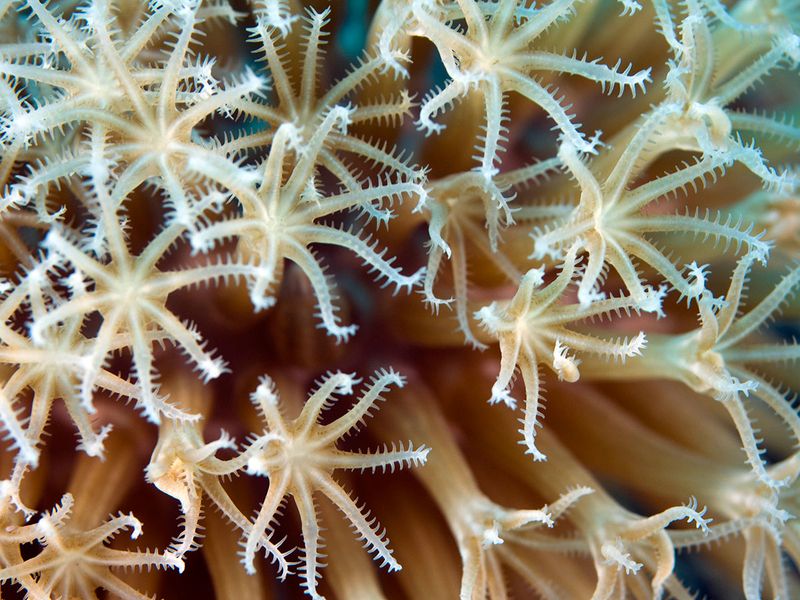
Beneath the ocean’s surface, coral polyps farm zooxanthellae algae. This symbiosis fuels the vibrant reef ecosystem. The polyps provide shelter; the algae, nutrients. This mutualism supports marine biodiversity. Their farming sustains the reef’s beauty.
Coral polyps, though small, are pivotal in marine habitats. Their relationship with algae is crucial. This delicate balance illustrates ecological interdependence. These underwater farmers nurture life and color.
2. Fungus-Growing Termites
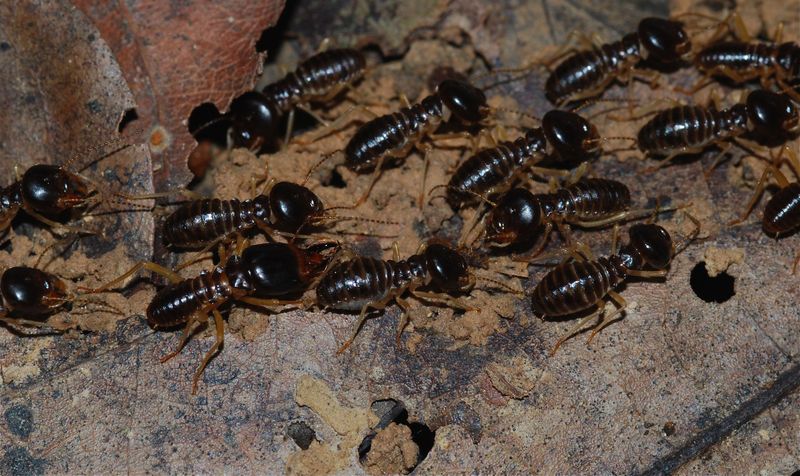
In the savannas of Africa, fungus-growing termites build towering mounds. Inside, they cultivate fungus gardens by feeding them chewed plant matter. This mutualistic relationship offers termites nourishment. Their massive mounds act as greenhouses, optimizing temperature and humidity.
These termites, natural architects and farmers, are integral to their ecosystems. Their farming skills enhance soil fertility. By recycling plant material, they balance the ecosystem. This lifecycle exemplifies ecological harmony.
3. Dambuster Worm

In the depths of the ocean, the dambuster worm crafts an intricate mucus net, trapping plankton. This net, a marvel of engineering, is then consumed, allowing the worm to harvest the ocean’s bounty. The worm’s ability to farm the sea is a testament to nature’s adaptability.
Living in the dark, these worms exhibit unique farming techniques. Their nets, rebuilt regularly, demonstrate resourcefulness and survival prowess. This marine farmer turns the ocean floor into a garden of sustenance.
4. Ambrosia Beetles
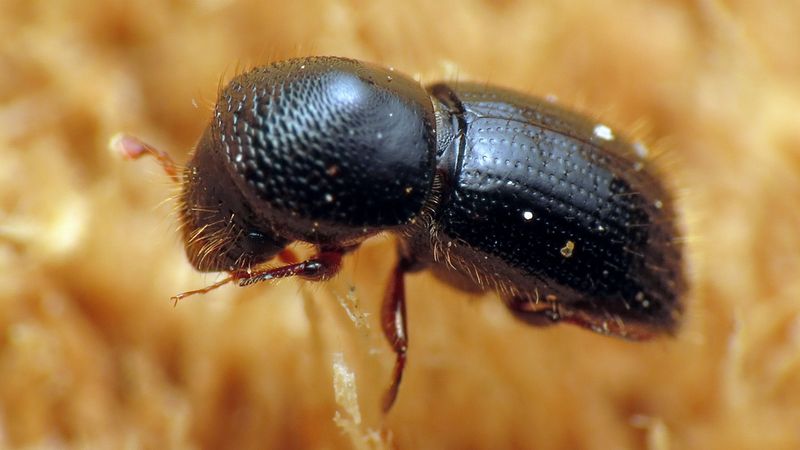
Hidden within tree trunks, ambrosia beetles bore tunnels, cultivating fungi gardens inside. These fungi, carefully nurtured, provide sustenance for the beetles. This tiny creature’s agricultural skills are a marvel of nature. The beetles’ meticulous care ensures a thriving fungal crop.
Their farming extends to crop protection, utilizing antimicrobial secretions. Such symbiotic relationships between beetles and fungi illustrate adaption. These beetles transform mundane wood into a thriving ecosystem, showcasing nature’s creativity.
5. Yeti Crab
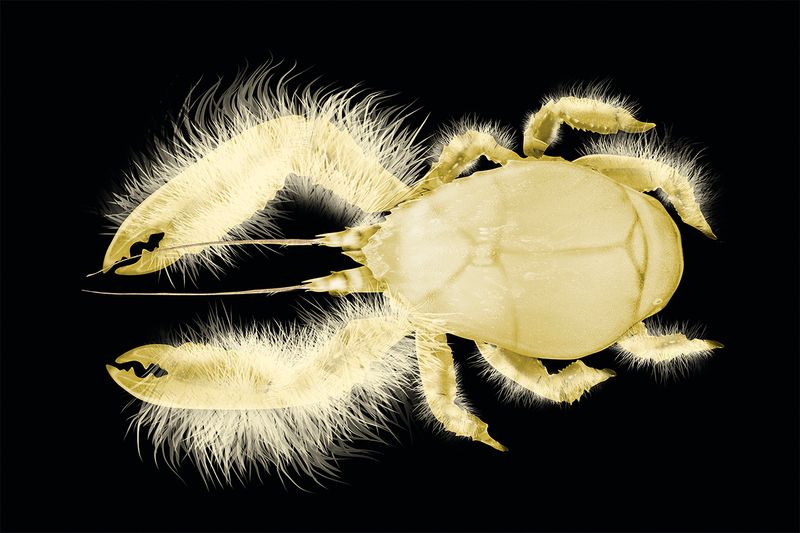
In the darkness of hydrothermal vents, yeti crabs farm bacteria on their hairy claws. These bacteria, nourished by the minerals emitted from the vents, feed the crabs. This unique farming method is a survival marvel in a harsh environment.
The crabs’ dance-like movements enhance bacterial growth. Their reliance on bacteria demonstrates adaptability. By farming their own food, these crabs exhibit resilience. Their claws, gardens of sustenance, are vital for survival in the abyss.
6. Limpets
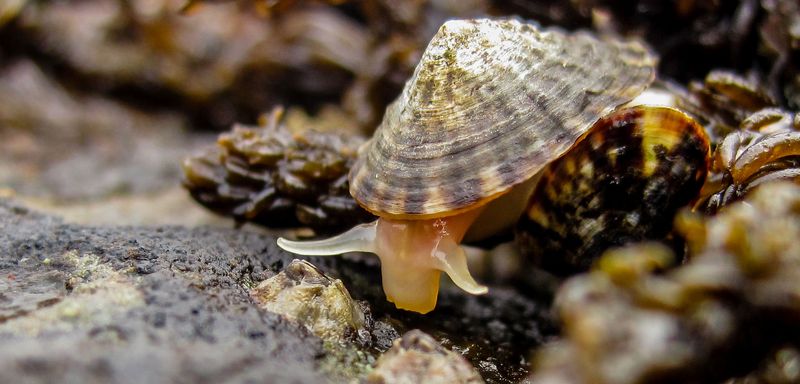
On intertidal rocks, limpets graze algae gardens, shaping their ecosystem. Their feeding creates patterns, promoting algae growth. This mollusk’s farming methods are simple yet effective. By managing algae patches, limpets influence biodiversity.
Their grazing contributes to habitat health. This interaction underscores marine ecosystem dynamics. Limpets’ farming is a balance of consumption and cultivation. Their role is crucial in maintaining aquatic habitats.
7. Mountain Gorillas
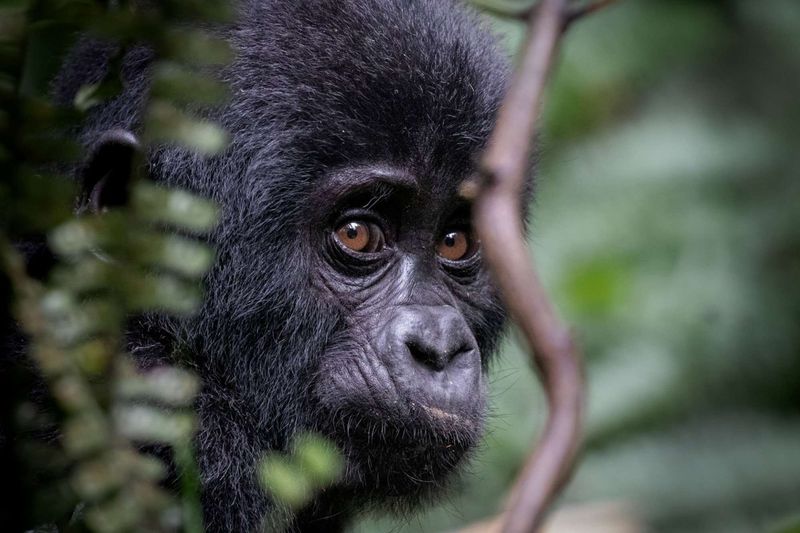
Deep in African forests, mountain gorillas subtly farm by pruning plants to encourage growth of preferred foods. They selectively harvest, fostering a thriving habitat. This behavior influences plant diversity and distribution.
Gorillas demonstrate an understanding of sustainable practices. Their impact on the ecosystem is profound. By managing growth, they ensure food availability. These gentle giants, unknowingly, are nature’s conservationists.
8. Bowerbirds
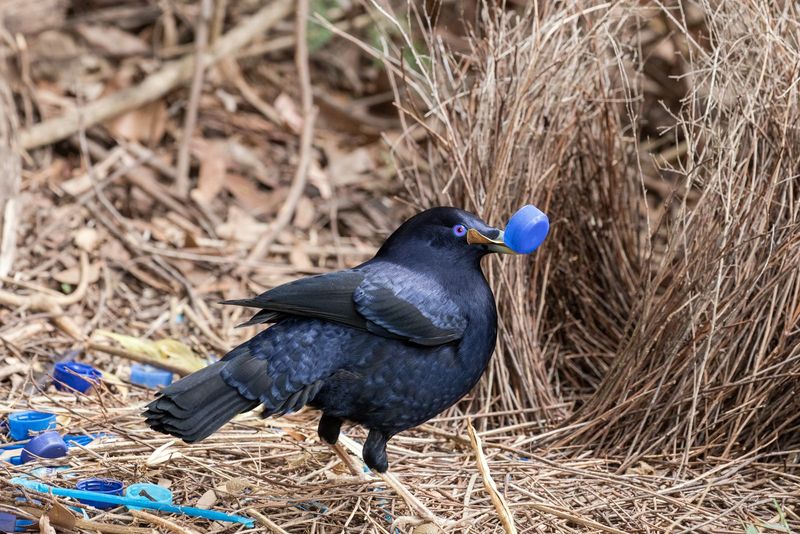
In the forests of Australia, bowerbirds cultivate small gardens to attract mates. Males decorate their bowers with colorful objects, including berries. These gardens, tended with care, enhance courtship displays.
This avian agriculture is both practical and artistic. Their ability to grow plants in specific patterns emphasizes intelligence. Bowerbirds’ gardens serve dual purposes—nourishment and attraction. This behavior highlights creativity in nature.
9. Leafcutter Ants
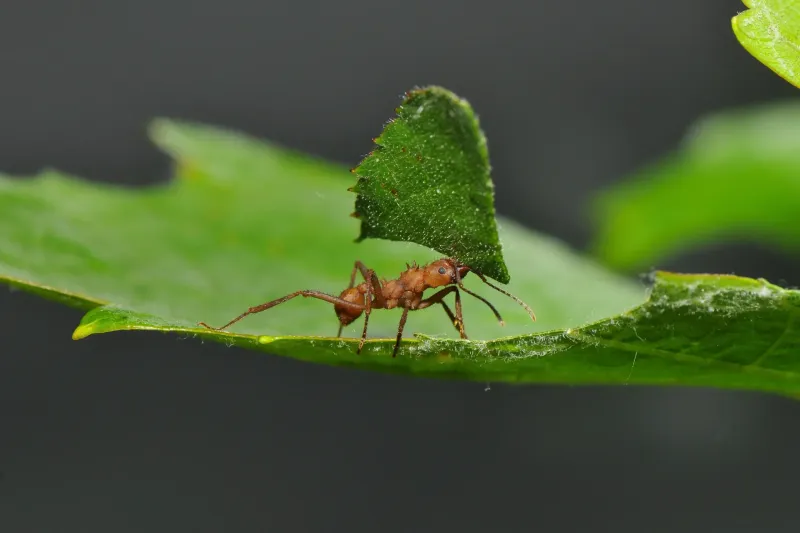
Deep in the tropical forests, armies of leafcutter ants carry fresh leaves to underground gardens. But they don’t eat these leaves. Instead, they meticulously cultivate fungi. In a symbiotic relationship, this fungi becomes their primary food source.
These tiny horticulturists manage vast subterranean farms, showcasing incredible teamwork and agricultural prowess. Their farming methods astound scientists. The ants’ precision in leaf selection and cultivation is unmatched.
They even use antibiotics to protect their crops! These industrious farmers highlight the complexity and efficiency of nature’s systems.
10. Snapping Shrimps
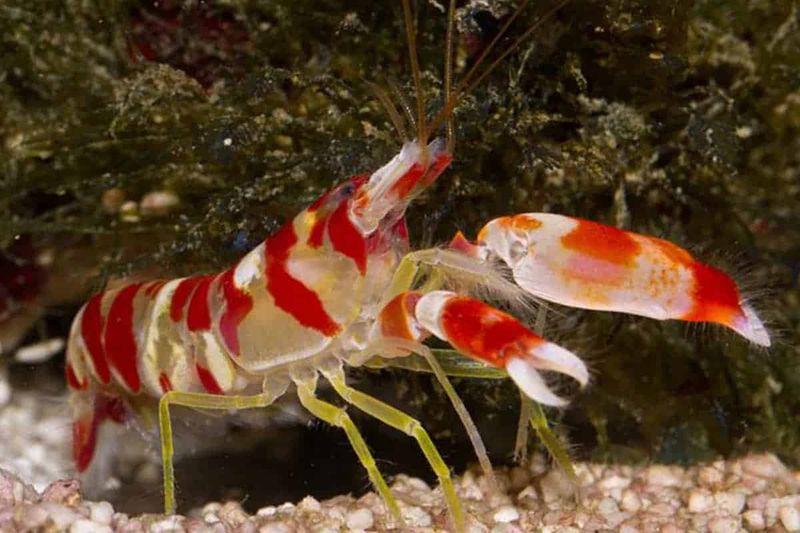
In the vibrant world of coral reefs, snapping shrimps cultivate gardens filled with algae. These industrious creatures excavate burrows, creating ideal habitats for algae growth. By clipping and managing these algae farms, they sustain themselves and provide shelter for other marine life.
Their farming activities promote environmental stability in coral ecosystems. This symbiotic relationship enhances biodiversity, as various species thrive in the complex habitats snapping shrimps help create.
11. African Wild Dogs
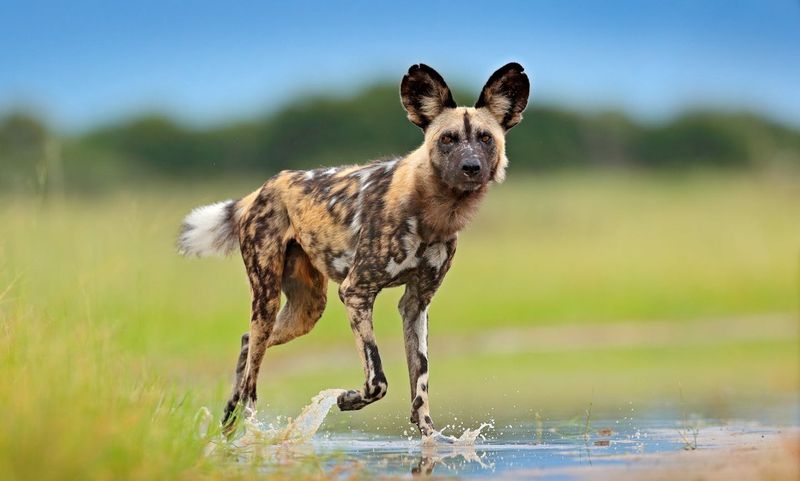
In African savannas, wild dogs demonstrate farming by strategically herding prey. Their hunting techniques resemble pastoral management. Task teamwork and coordination result in successful hunts. This behavior maximizes energy efficiency.
The dogs’ role in ecosystem balance is significant. Their predatory methods reduce prey overpopulation. These skilled hunters highlight a unique form of animal farming. Their social dynamics foster survival.
12. Meadow Voles
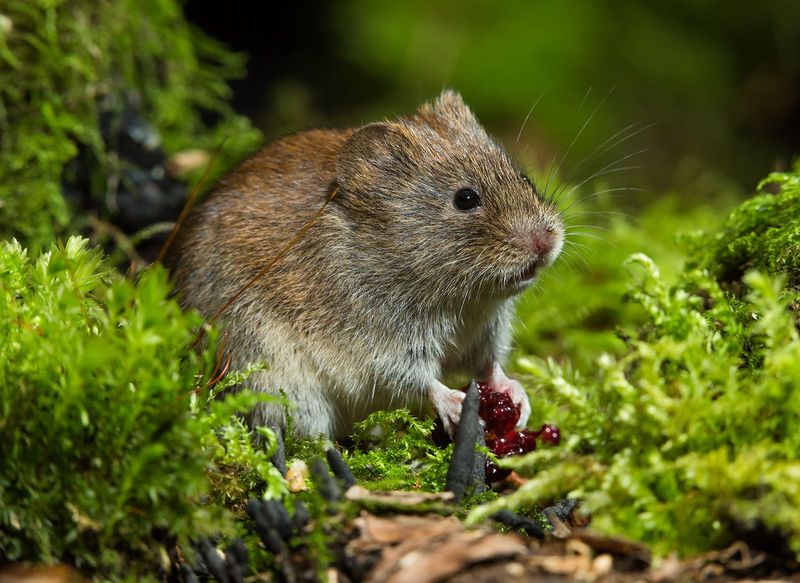
In meadows, voles inadvertently farm by spreading and planting seeds. Their burrowing and feeding patterns promote plant growth. These rodents manage their environment, influencing vegetation dynamics. Voles’ farming benefits the ecosystem.
By dispersing seeds, they support plant diversity. Their activity enhances soil fertility. These small farmers play a significant role in ecological balance. Meadow voles’ impact is vital for meadow health.
13. Tropical Fish
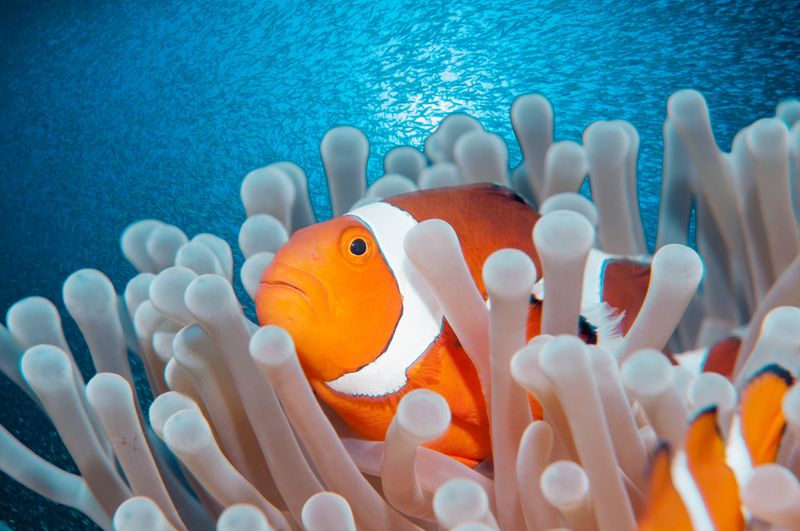
Amidst coral reefs, some tropical fish farm algae, scraping it from rocks. This farming enhances reef health. The fish’s role in managing algae is crucial. By controlling algae levels, they prevent coral overgrowth. This symbiosis maintains biodiversity.
Tropical fish, vibrant and vital, support marine ecosystems. Their farming methods are integral to reef dynamics. These fish exemplify balance in aquatic environments.
14. Leafcutter Bees
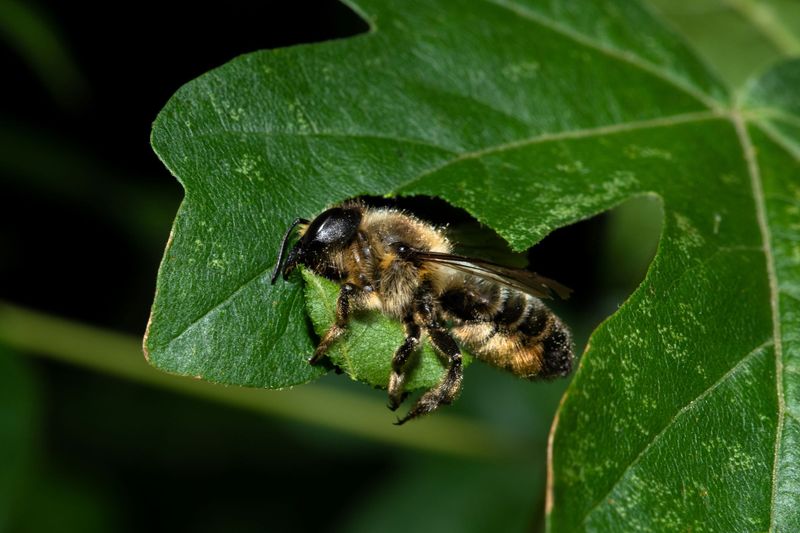
In gardens, leafcutter bees demonstrate farming by collecting leaves to build nests. Their activities pollinate flowers, promoting plant growth.
These bees’ role in ecosystems is significant. By moving pollen, they enhance biodiversity. Leafcutter bees foster healthy gardens. Their nesting habits illustrate resourcefulness. These industrious pollinators are essential for plant reproduction. Their impact on plant life is profound.


